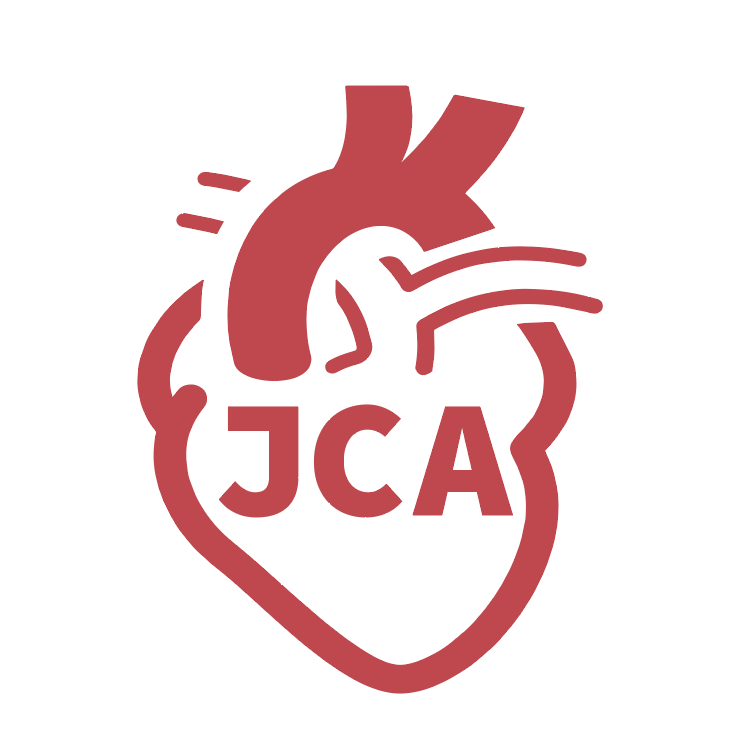fig2

Figure 2. Mechanisms of cardiovascular senescence following cancer treatment with emphasis on doxorubicin. Radiotherapy, anthracyclines [doxorubicin (DOX)] and tyrosine kinase inhibitors (TKIs) are commonly used cancer therapies that impact multiple cell types in the heart, including endothelial cells (ECs), vascular smooth muscle cells (VSMCs), immune cells, fibroblasts, and cardiomyocytes. As a result, different pathways can be activated in response to cancer therapy. (A-D) The main pathways that are activated in response to DOX treatment, although the pathways are also mostly common to other cancer therapies that cause senescence. (A) DNA damage response (DDR) occurs with inhibition of binding of Topoisomerase to DNA, and activates multiple pathways related to the upregulation of p16, ATM/ATR, PI3K, and p38MAPK, which all converge and inhibit cell cycle progression, leading to senescence and release of senescence-associated secretory phenotype (SASP) factors. These are comprised of ILs, cytokines, chemokines, extracellular vesicles, growth factors, bioactive lipids, proteases, and non-coding nucleic acids. (B) Increased production of ROS through several different mechanisms, resulting in mitochondrial dysfunction and SIPS. (C) Telomere dysfunction occurring as a result of decreased expression of TRF2, leading to senescence. (D) Epigenetic changes including DNA methylation, histone modifications, chromatin remodeling and non-coding RNAs trigger and mediate cellular senescence. All these pathways are common to senescent cells and get induced upon cancer therapy, leading to premature senescence in cardiac cells and, as a result, cardiotoxicity. ETC: Electron transport chain; ROS: reactive oxygen species; ER: endoplasmic reticulum; Me: methyl. Created with BioRender.com software.








